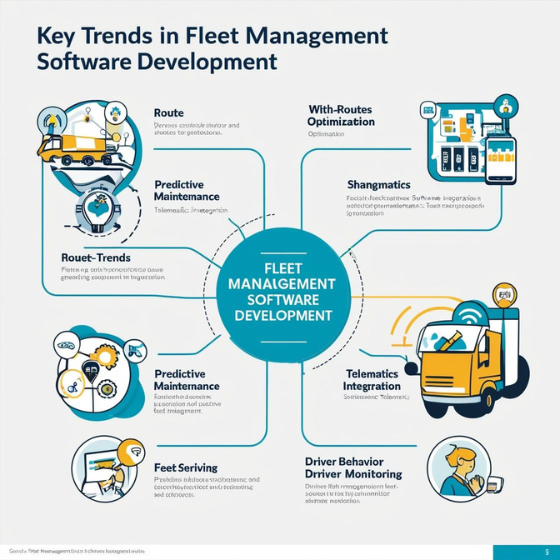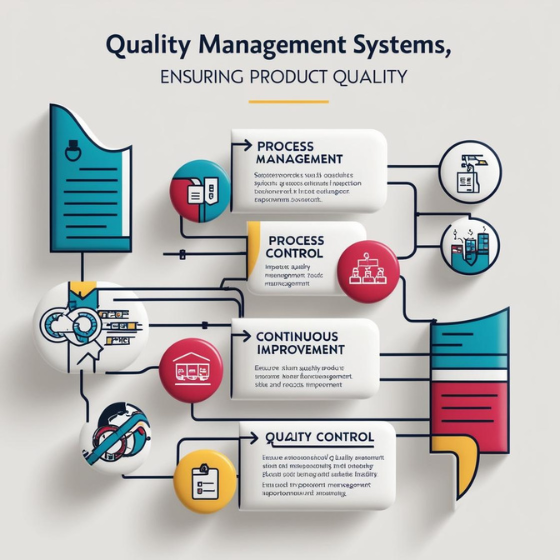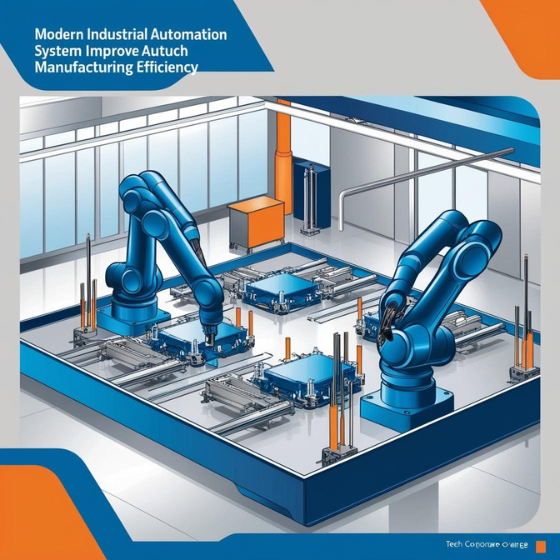Key Trends in Fleet Management Software Development
Fleet management is evolving rapidly, driven by technological advancements and growing demands for efficiency. With the rise of data-driven solutions, fleet operators are now leveraging cutting-edge technologies to optimize operations, reduce costs, and ensure better safety and compliance. As the fleet management landscape continues to change, staying updated on the latest trends is crucial for businesses looking to stay competitive.
In this blog, we’ll explore the key trends shaping the development of fleet management software and how they are transforming the way businesses manage their vehicles and drivers.
1. Integration of IoT and Telematics
The integration of Internet of Things (IoT) devices and telematics technology is revolutionizing fleet management software. By connecting vehicles with smart sensors and IoT devices, fleet managers gain access to real-time data that can be used for a variety of purposes, such as:
- Vehicle diagnostics: Monitoring engine health and identifying issues before they become critical.
- Real-time location tracking: Knowing the exact position of every vehicle in the fleet.
- Driver behavior analysis: Identifying unsafe driving habits like speeding, harsh braking, and excessive idling.
These advancements allow for more proactive maintenance, improved route planning, and increased safety.
Takeaway: Fleet management systems that integrate IoT and telematics provide more actionable insights, helping businesses optimize their operations.
2. Artificial Intelligence (AI) and Machine Learning (ML) for Predictive Analytics
Artificial Intelligence (AI) and Machine Learning (ML) are becoming key components in modern fleet management software. These technologies help businesses predict vehicle performance and driver behavior, enabling more informed decision-making. Some of the key applications of AI and ML include:
- Predictive maintenance: AI can analyze data from sensors to predict when a vehicle will need maintenance, reducing unexpected downtime.
- Route optimization: Machine learning algorithms can calculate the most efficient routes based on traffic, weather, and historical data.
- Driver performance analysis: AI can assess driver behavior patterns and provide feedback to improve safety and fuel efficiency.
By leveraging these technologies, fleet managers can proactively address potential issues before they escalate, increasing both safety and cost-efficiency.
Takeaway: The integration of AI and ML allows fleet managers to anticipate problems, reducing maintenance costs and improving operational efficiency.
3. Cloud-Based Fleet Management Solutions
Cloud-based fleet management software is gaining popularity because of its scalability, flexibility, and ease of access. Cloud solutions enable fleet managers to access data from anywhere, providing real-time insights into vehicle performance and driver behavior. Key benefits of cloud-based fleet management software include:
- Remote access: Fleet managers can monitor vehicles, track performance, and access reports from any device with internet connectivity.
- Cost savings: Cloud-based systems eliminate the need for costly on-site hardware and IT infrastructure.
- Data storage and security: Cloud services offer robust data backup and security features, protecting valuable fleet data.
As businesses grow, cloud solutions provide the flexibility to scale operations without the need for costly infrastructure investments.
Takeaway: Cloud-based fleet management software offers greater flexibility, accessibility, and security for modern fleet operations.
4. Electric Vehicles (EV) and Sustainability
With the increasing focus on sustainability and reducing carbon footprints, electric vehicles (EVs) are becoming an integral part of fleet management strategies. Many businesses are adopting EVs as part of their fleet to reduce fuel costs and lower emissions. Key considerations in EV fleet management include:
- Charging station management: Fleet management software can help businesses monitor and manage charging stations for EVs.
- Battery health monitoring: Telematics and IoT devices help track the condition and performance of EV batteries.
- Range optimization: AI and ML algorithms can optimize driving routes for EVs to ensure they reach their destinations without running out of battery.
Fleet management software that integrates EV capabilities can help companies take full advantage of the environmental and financial benefits of transitioning to electric vehicles.
Takeaway: The rise of EVs is influencing fleet management software, with a focus on optimizing energy consumption, charging stations, and vehicle performance.
5. Driver Safety and Compliance Tools
Ensuring driver safety and compliance with regulations is a top priority for fleet operators. Fleet management software now includes features specifically designed to monitor driver behavior and ensure compliance with industry standards. Some of the key tools include:
- Driver scorecards: Fleet managers can evaluate driver performance based on speed, braking, and adherence to safety protocols.
- Compliance tracking: The software can track regulatory requirements such as hours of service (HOS) and vehicle inspections.
- Incident reporting: Fleet managers can quickly identify and respond to incidents, helping to reduce accidents and liabilities.
By using fleet management software to monitor driver safety, businesses can reduce accidents, enhance compliance, and lower insurance costs.
Takeaway: Driver safety and compliance are central to fleet management, and software solutions are evolving to help fleet operators stay on top of these issues.
6. Mobile Fleet Management Apps
As mobile technology continues to evolve, fleet management software is increasingly being optimized for mobile devices. Fleet managers and drivers can now use mobile apps to streamline tasks, such as:
- Real-time tracking: Drivers can see their locations, optimize routes, and report issues on the go.
- Document management: Drivers can upload important documents, such as fuel receipts, inspection logs, and delivery confirmations, directly from their smartphones.
- Maintenance reporting: Drivers can report vehicle issues in real time, allowing fleet managers to address problems promptly.
Mobile apps enable fleet managers and drivers to stay connected and responsive, improving overall fleet efficiency.
Takeaway: Mobile apps are making fleet management more flexible and accessible, allowing businesses to manage their fleets more effectively from anywhere.
Conclusion
The landscape of fleet management software is changing rapidly, with advancements in IoT, AI, cloud computing, and mobile technology playing a significant role in shaping the future of fleet operations. By embracing these key trends, businesses can improve vehicle maintenance, reduce costs, and enhance safety and compliance. Fleet management software is not just a tool for tracking vehicles—it’s a comprehensive solution that drives operational efficiency, reduces downtime, and helps businesses stay ahead of the competition.
At Sodio, we specialize in developing cutting-edge fleet management software that integrates the latest trends and technologies to optimize your fleet’s performance. Contact us today to learn how we can help you streamline your fleet operations and improve efficiency.







